Prepping for a shoot
Via Twitter someone asked me what I/we do to prep for a shoot.
Because this is a question a lot of people ask me during the workshops I thought it would also make a nice topic for a blog post.
Different shoots, different approaches
My job does differ from most photographers, I’m not only active with photoshoots in our studio or on location but also with a lot of workshops, so I decided to take the blog post in two directions, one aiming on the normal photoshoots and one to add what we do for the workshops, because in essence there is a lot that is the same, but some things do differ.
Commercial shoots
These are the ones we love to do most of course.
Well sometimes…..
With most commercial shoots the client approaches our studio with a question for a quotation and the question if we can pull certain things off. I have to say that I always say “yes we can” and sometimes after that think “Oh my,…. what did I just do”.
When sending out your quotation it’s very important that you make very clear where all the costs go. There are a lot of photographers out there willing to do work for free when their name is mentioned or for ridiculous low prices which can never work for any normal working photographer. To give an example we recently did a quotation for 28 dresses, 4 models, MUA, licensing and 5 days studio/retouch to hear that our price was out of their range and if we were willing to do it for 250.00 we would have the deal, and yeah you read it correctly twohunderdandfifty euros….. Because our quotation did list all the costs divided into clear sections I really wondered why they even bothered to ask….
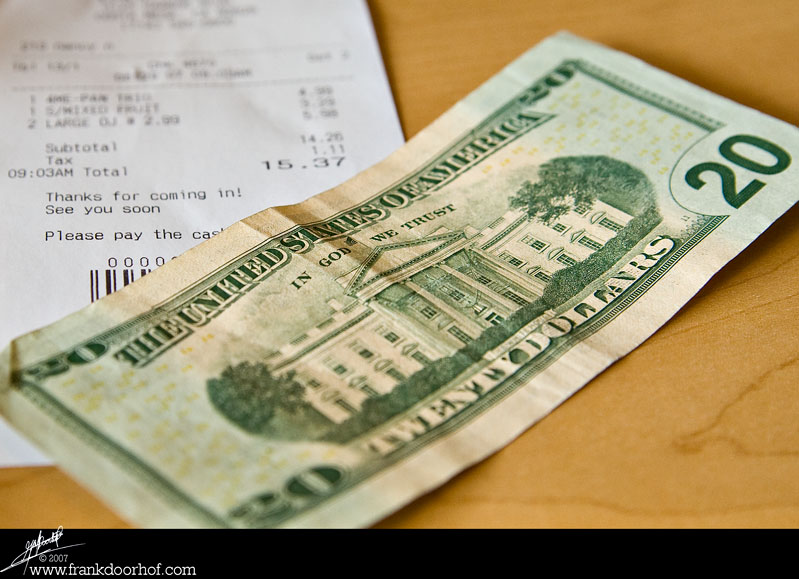
However in most cases after a good quotation you will continue to the next level.
Getting the moodboard
Often this is forgotten by photographers and clients, but in my opinion it’s one of the most important things out there. The moodboard can be anything from just some sample shots to a whole book with feels, topics, photos, poetry, video etc. In essence however it will set the “mood” for the shoot and make sure that you are not shooting in a classic area while your customer wants to have a modern backdrop.
Getting the models
With the moodboard we can start working to get the models.
In my case I will start out with giving my client a selection of the models I work with on a regular basis and let them choose at least double the amount they need. Most of the time when they need 3 models I will select 5 for the shoot so that when something goes wrong we can always change very quickly, this way you will also make sure that when a model gets sick you have an instant replacement.
Locations
Now that we have the mood and models, we have to secure a location.
ALWAYS make sure you double check the location with your client and go out and shoot some material on the location, or ask some local photographers to do this for you, thanks to twitter and facebook it’s very easy to have this happen. Make sure that you really secure the location, it’s no use to have permission to shoot in a very crowded location where tourists or visitors are popping up in all your shots. Often this means planning very good and more costs, but you will be surprised how often you will get permission and when you get there everything is falling in the water because it simply doesn’t work out due to the before mentioned factors. So be willing to pay a bit more (sometimes a lot more) and discuss this with your client. Don’t take “Ah it will work out, don’t worry” for granted when you know it’s a crowded location because when you fail the client will not remember that sentence.
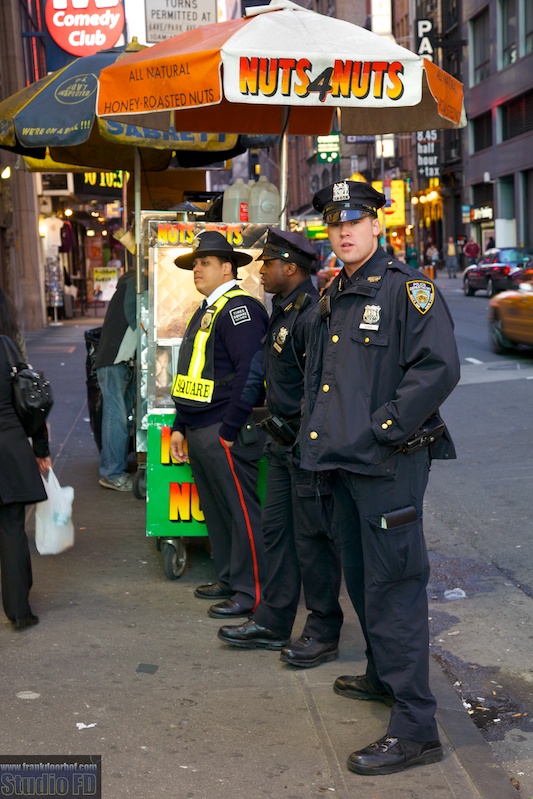
When shooting outside on location make 100% sure you have a permit, even when you think you don’t need it ask the local authorities and ask if they can fax/mail you that you are ok to shoot. Do remember this is different per country. We’ve done commercial shoots in Scotland and Ireland were we could shoot in public places with landmarks in the back while the police were walking by and chatted with us without any need for a permit and I’ve taken privat photos without any gear in England and almost ended up in jail…… it’s a crazy world and when your career is on the line make sure everything is worked out. Also don’t underplay your team, when they ask how many people will be there, always be honest and maybe add 2-3 (you never know). I’ve had to cancel beautiful locations because they would only allow one photographer and one model, and for me that’s not doable when I work for a commercial assignment. I really need to have the MUA artist there and maybe one assistant. So also don’t be afraid to look for something else.
Assistants
Especially when starting out this can be a real problem, but don’t underestimate the power of a good assistant. He/She will make sure that your client(s) and team get their refreshments, food and he/she can do everything that takes you away from concentrating on the shoot, like checking focus, emptying cards, setting up lights, measuring etc. etc. and of course when you have a good assistant he/she can help in the creative process and shoot some images for backstage material or use from a different angle. I try to always work with the same assistant on important shoots and we often also drag an intern with us, you really can’t imagine how much pressure that takes of your shoulders.
Gear
You don’t want to know how often it happens that I forgot something and found out on location.
This has forced me over the years to be very careful when packing, the day before the shoot I will make sure that everything is packed and that I packed it myself or at least checked it myself. I will also put some remote cables and batteries for the Skyports in my bags that will never leave the back. And even then it sometimes still happen that you are on location and think that you really would have loved to have ………
It’s therefore a wise solution to make a checklist a few days before the shoot and make 100% sure to go over this list a few times and on the day of the shoot check everything in the bags.
The day of the shoot
It sounds weird, but lay back, relax and enjoy the shoot.
However do make sure you are first on location and before the client/model arrives walk around the location, get a sense of the atmosphere, find your locations, make friends with the caretaker, promise a nice poster or something and ask him/her what locations are great that you missed, some nice words really go a LOOOONG way.
By now your assistants will know what to do, you will know the location and you can indeed relax and focus 100% on the shoot.
Backup on location
Don’t EVER EVER forget this.
Make 100% sure you have a backup solution with you. I always shoot tethered when it matters (even when it doesn’t) and tethertools has some great items for this that I love to use. My normal outfit is a table for my laptop with shades and a bay on the table for an external harddrive. Every pauze I get will be used to backup everything we have done so far. I don’t delete images on location but I do already check if I have the shot.
Back home
When we arrive back in the studio the first thing we will do is make sure we empty all drives to our studio drives and make a backup on the mirrors. Again with commercial shoots DON’T delete too much images, you can take out the really bad ones, but please leave everything that is ok and you can live with in tact, you never know if you need them (or need parts of it). Now make your selection and before you start editing send a really small overview to your client to show your work. When they need 20 shots it’s no need to invest a day retouching 50 for them to select from 50 final products. Send them 50 quick edits (quick edits are the ones where you get the mood, color etc. correct but that are quick edits), send them in a very low resolution and make the customer give his/her favs. Now make the final edits.
Save all your shots carefully, even when you’re done and the check is in the mail.
It happened many times that a while after the shoot (sometimes several years) that I get a mail with a request for another image, if you can deliver that it’s very positive of course, but when you can’t this will be weird for the customer because they don’t take into account that you need TB’s to store everything….. so make sure they never have to take that into account. HDD space is cheap.
Invoicing
We always give the invoice after the shoot but before we send out the final retouches.
Although I have to add that this changes per client. If we have a really good feeling with the customer we will send the invoice right after the shoot and ask them to pay in 30 days. When you don’t know the company make sure you get the money (or part of it) before you deliver the final retouches. It would not be the first time that someone never sees money for the shots but does see his/her work in magazines. Do remember however that when you do this wrong it can loose a customer for you, so be careful and sometimes you will have to take a risk.
What differs for the workshops?
Actually when we do the workshops it’s very much to what you’ve read above.
There are of course some differences in how we get the models and how we set the mood.
With the workshops I will always try to find an interesting location with loads of options to shoot but also with some problem areas where I can show how to solve the more difficult setups. For a commercial shoot I will often go for the best location I can find, or the most spectaculair. With workshops I will often try to find a good location but not a location were everything looks stunning. In other words I want my students (and myself) to really stress to find the right angle and interesting looks. With a commercial shoot this is not a wise decision because it gives you another thing to worry about. All the other topics are approximately the same between a commercial shoot and a workshop on location.
One more thing
When going abroad make 100% sure you are traveling with the right papers.
Per country there are different laws about working there and earning money, to be sure about this contact the authorities. When doing this wrong it can be catastrophically.
Feel free to comment, share this blogpost.
the blog is “exploding” lately with visitors but we always love to see more of course, so share the link to this blog via twitter,facebook etc. and push me to make it even more interesting 😀

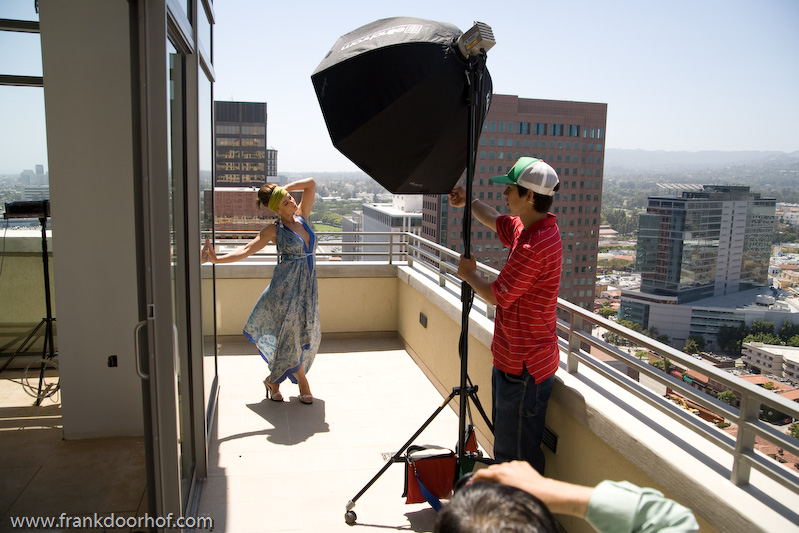
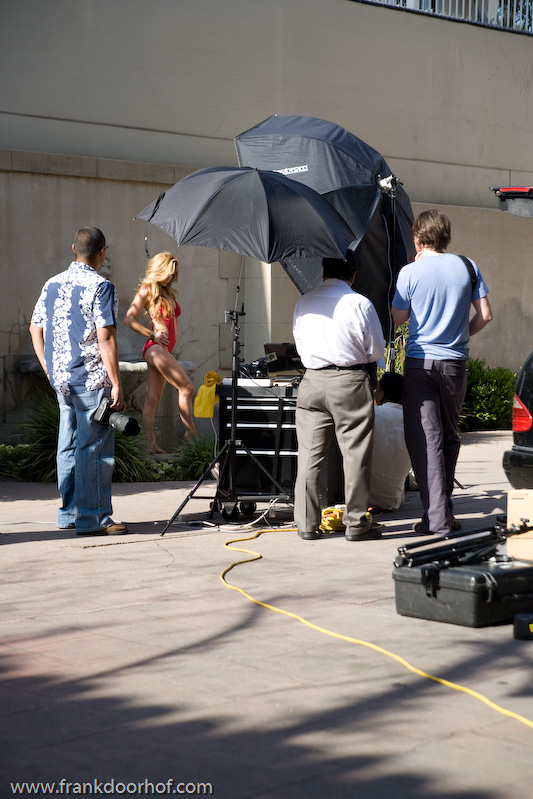

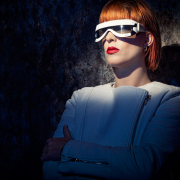
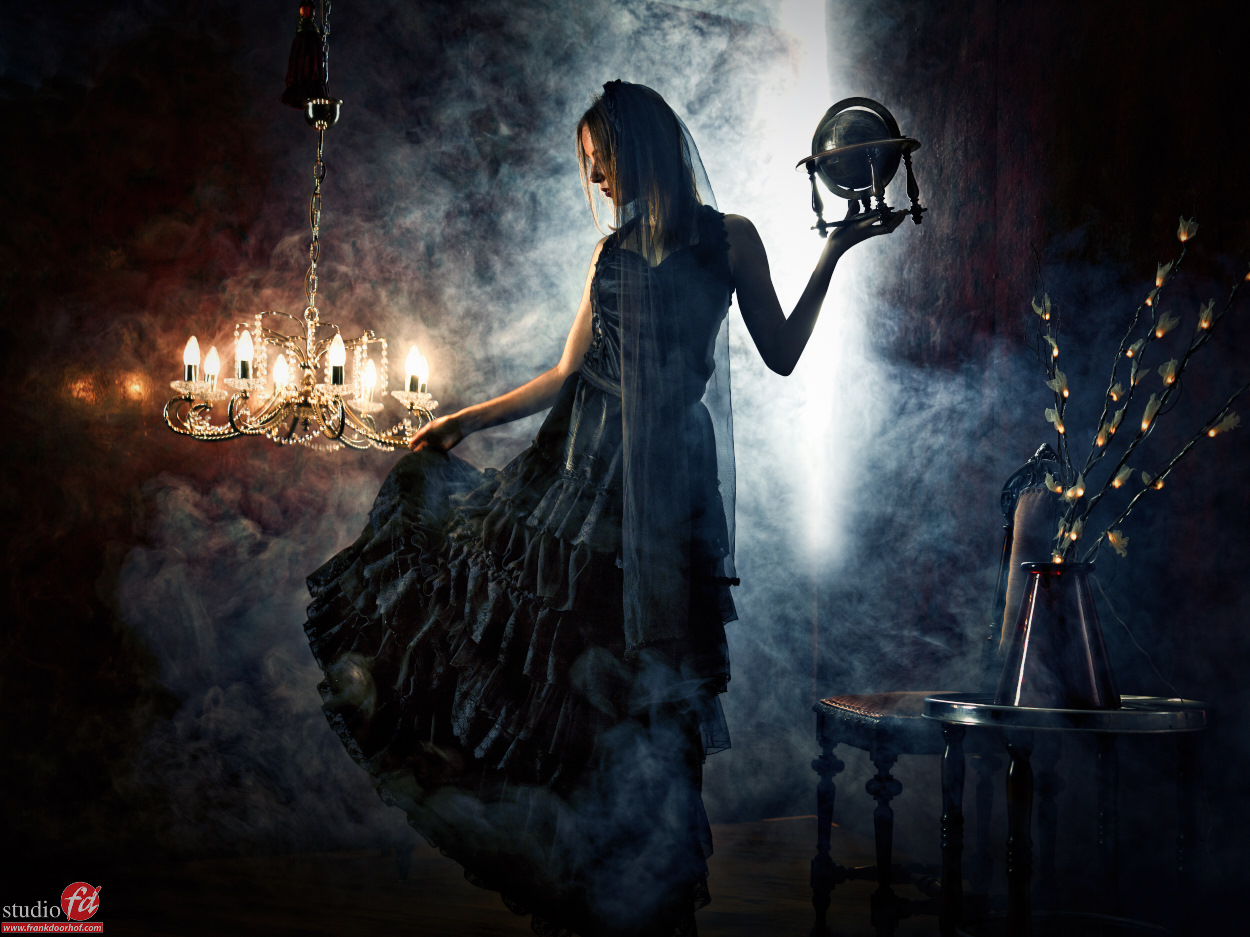
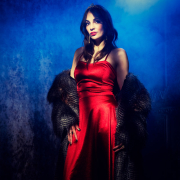


I think I will print this blog and tag to my wall… very good tips and advices!
Thanks, good to hear.
Nuts-4-Nuts 🙂 that was New York City near Time Square, during the Iceland volcano delays.nnI need to find me an Assistant, Is Corine available, oh wait I would rather just have her be the model.nnI always pack my gear the night before and double check all before going to bed. nIn the morning I also make sure I have everything. I sometimes miss an item but in most cases not important. I always have my backup camera with lens and memory cards for it (uses SD)
Great read Frank. Nice tips. I think I will also print this out. nnOn a different note, I thought of a topic you might want to write about. Since I am getting in the fashion/glamour, do you feel there is a stigma with women photographers who shoot glamour? Just curious on your thoughts about that.
It’s very country depended I think.nOver here (the Netherlands) there is no problem at all. I’ve found that the whole “glamour” thing is much more difficult in the US, which is a bit weird because some of the best glamour is coming from the US 😀
Great info Frank! Just wondering with the permits you have to get, arranging for the models, all the other little details, how far in advance of the shoot are you having to do this? Just on average (if there is an average!).
There is no real average indeed :DnWhen it’s a commercial shoot I will want to have everything in writing, otherwise there is too much risk, for TFP…. it really depends on the relation I have with the model and how important the location is. Some times we will not arrange anything, sometimes we will arrange a permit, it really depends per shoot for TFP, for commercial always get it in order from model/MUA/Stylist to location.
Great article, Frank. Nice to see how you prepare for a shoot. I’ve seen several things, where I thought “Yeah, that’s a good one. Never thought of that!”. Thanks for sharing.
You’re welcome.